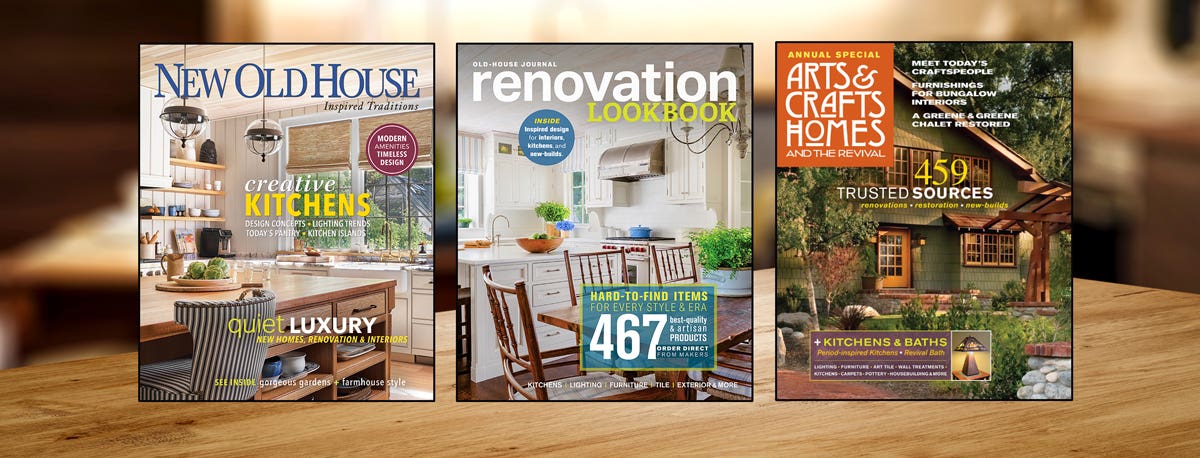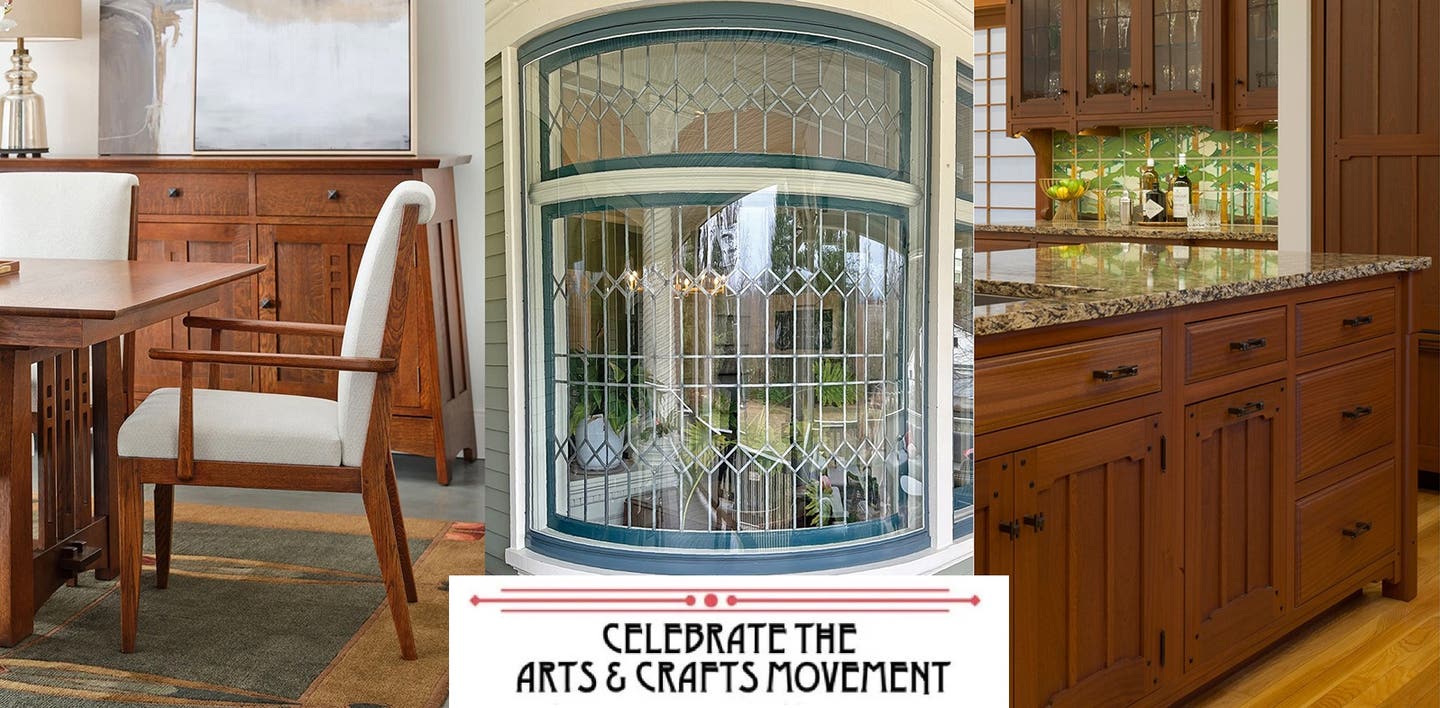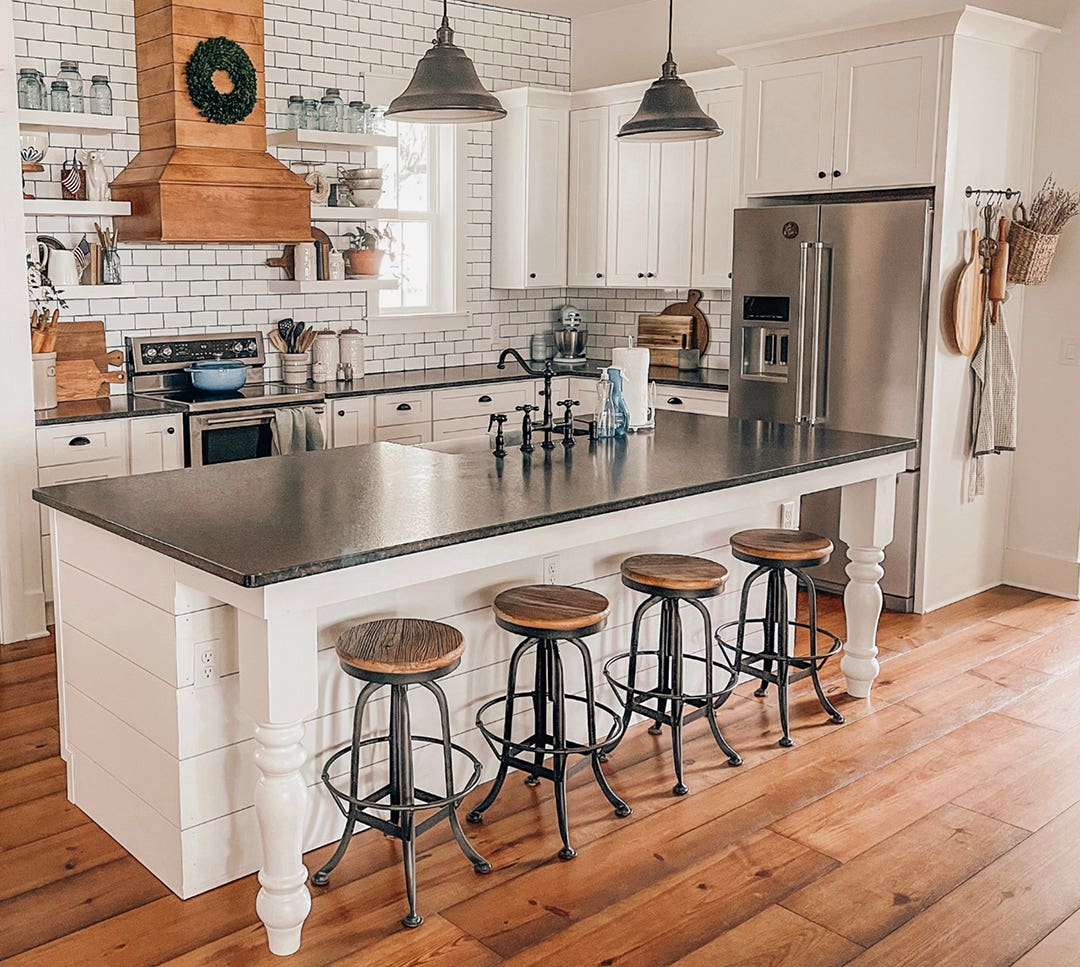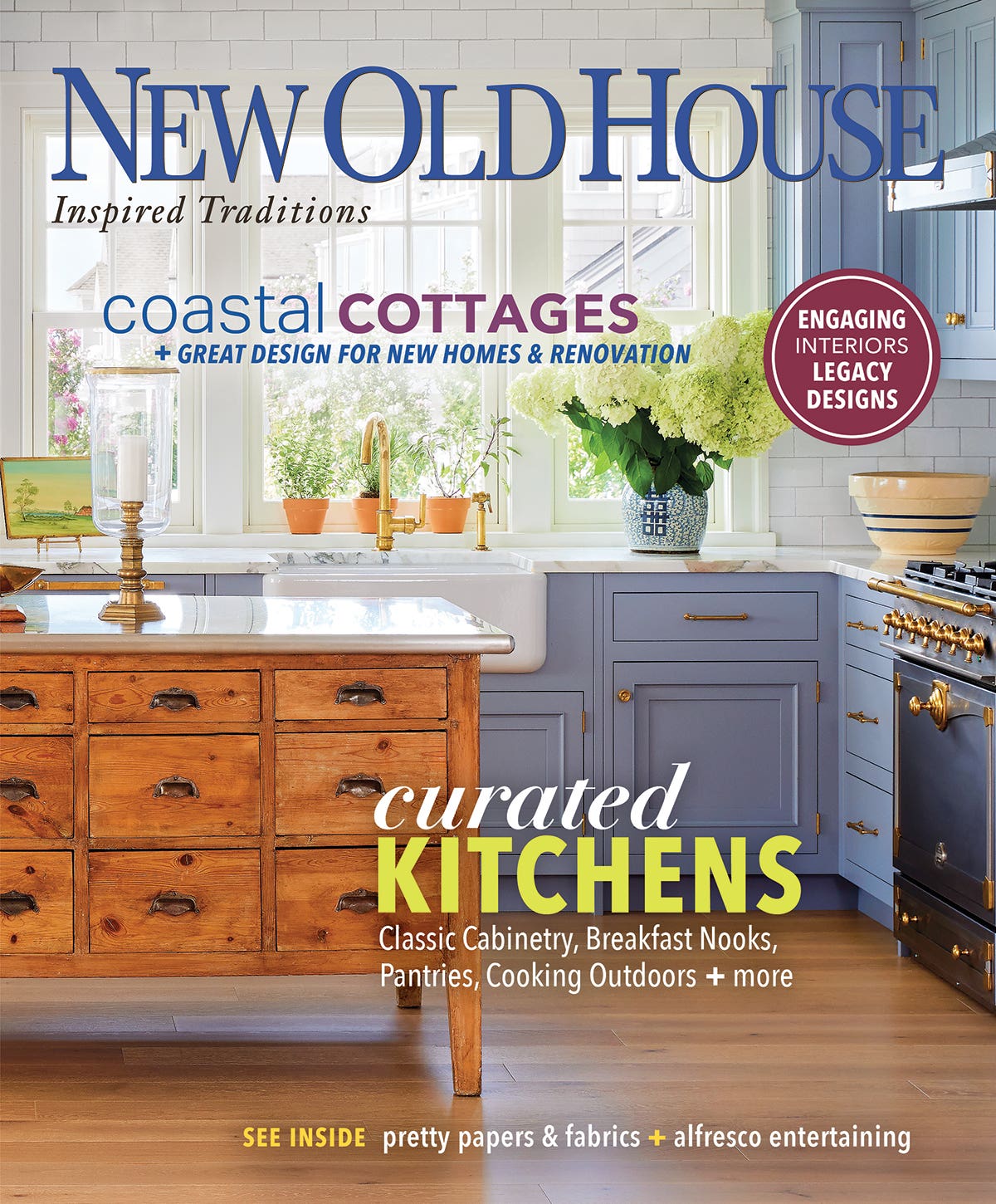Satisfying Nonconformity
Editor’s letter, Arts & Crafts Homes Spring 2017 edition
Presenting an issue in homage to the breadth and vitality of the ongoing Arts & Crafts Movement . . . had you any doubt about its range, read on! The Stickley-inspired kitchen is in a new Arts & Crafts home on the East Coast—a contemporary vernacular house designed for the site and built of local granite—which is not in any way a replica. We tour a handsome 1908 house, beyond a bungalow in size and intent, where the architect masterfully used English and American, Colonial Revival, and Japanesque elements. Then on to another new-build, once again site-specific, imagined by long-time admirers of Frank Lloyd Wright and a builder pushing the limits of energy efficiency. Our garden story brings us home to a typical California bungalow of the period—with a bar and a hot tub tucked beneath the pergola.
Part of the appeal of Arts & Crafts design is the diversity that sustains our interest. Earlier Arts & Crafts adherents produced distinct variants:
Philip Webb’s English medievalism, Voysey’s country vernacular, the Roycrofters’ earnest simplicity, Greene & Greene’s Asian inflection, Wright’s proto-Modern Prairie homes. The revival is similarly far ranging—continuing proof that Arts & Crafts is an approach rather than a “style.” Arts & Crafts is, in a way, almost the opposite of a historic style, because it is still evolving, and more focused on interpretation than on replication.
Arts & Crafts homes, especially the new ones, are often rich in details and expensive to build. It’s inspiring to look at all that good work in one place. Still, of all the approaches to making a home, Arts & Crafts is the one open to all, embracing modesty, local materials, natural and hand-made items, and a rejection of ostentation. As much about lifestyle as design style, Arts & Crafts continues to draw us in.
Patricia Poore, Editor
ppoore@aimmedia.com
Patricia Poore is Editor-in-chief of Old House Journal and Arts & Crafts Homes, as well as editorial director at Active Interest Media’s Home Group, overseeing New Old House, Traditional Building, and special-interest publications.
Poore joined Old House Journal when it was a Brooklyn-brownstoner newsletter in the late 1970s. She became owner and publisher and, except for the years 2002–2013, has been its editor. Poore founded the magazines Old-House Interiors (1995–2013) and Early Homes (2004–2017); their content is now available online and folded into Old-House Journal’s wider coverage. Poore also created GARBAGE magazine (1989–1994), the first unaffiliated environmental consumer magazine.
Poore has participated, hands-on, in several restorations, including her own homes: a 1911 brownstone in Park Slope, Brooklyn, and a 1904 Tudor–Shingle Style house in Gloucester, Massachusetts, where she brought up her boys and their wonderful dogs.







